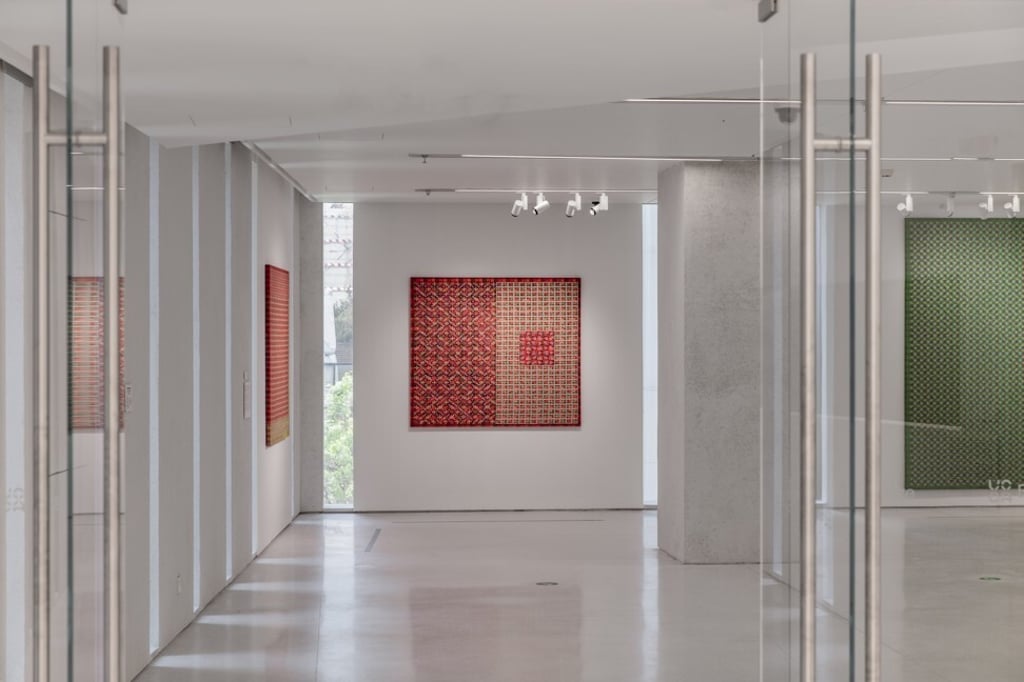Review | Good range of 21st century Chinese art, but why is it nearly all by men? UCCA Edge’s debut Shanghai show a missed opportunity
- First exhibition at new art space draws heavily on an irreverent Shanghai show in 2000 by artists who today make up most of China’s art establishment
- For all that the art selected is good, the show fails to capture the romantic artistic spirit of two decades ago, and underrepresents women artists

A careful read of the text on the walls of the inaugural exhibition at UCCA Edge in Shanghai reveals several discreet mentions of an irreverently named group exhibition curated by Ai Weiwei and Feng Boyi in 2000 that was a belligerent alternative to the well-funded Shanghai Biennale held concurrently that autumn.
Called “F*** Off: An Uncooperative Attitude”, the alternative show was held at Eastlink Gallery’s warehouse space on Suzhou Creek – just before it was demolished – around the corner from the area that evolved a few years later into the contemporary art district known as M50. The show was heavy with the body horror performance art so popular at the time, and featured the work of 45 fresh, rising artists who now make up most of China’s art establishment.
More so than the biennale, it captured the heady idealism of the time, the experimental chaos, and an optimism that sometimes verged on ambition.

The 2000 Shanghai Biennale had as its title “Shanghai Spirit”. Sadly, little of the era’s romantic spirit is captured in UCCA Edge’s hagiographic exhibition, which feels as if it was put together by borrowing from a few big, commercial galleries and from the Beijing UCCA’s back catalogue.